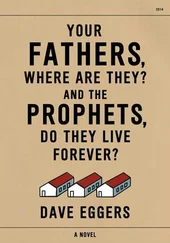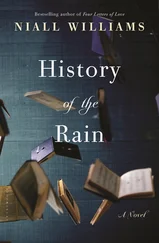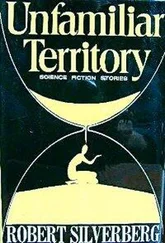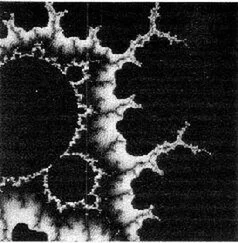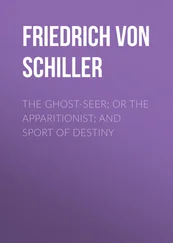Whether it was Brochero, who, in some versions, had stayed in El Trébol that morning, whether it was Córdoba, or whether it was Huck, who maintains that he was a victim in all this — who threw Burdisso into the well is of little importance here; nor does it matter much that Brochero returned three days later to throw bricks, pieces of masonry and dead leaves onto the wounded man to finish him off; the fate of the accused doesn’t matter much, and neither does what happened to Córdoba in the women’s prison in Santa Fe or to Brochero and Huck in the jail in Coronda. This crime, every crime, has an individual, private aspect but also a social one; the first concerns only the victims and their close relatives, but the second concerns us all and is the reason justice is required to intervene in our name, in the name of a collective whose rules have been called into question by the crime and which, faced with the impossibility of undoing the first, tries to get the second under control, with power that, at least in theory, comes neither from an individual nor a single class but rather from society as a whole, wounded but still standing.
The remaining questions at that point were who Fanny was, why my father summed up the case’s legal situation and why it was my father who had to do it and not someone else, anyone else.
The next documents in my father’s file were fragments of a register I didn’t recognize, in which appeared people with the last name Carizo, including Miriam, Burdisso’s common-law wife to whom he’d given fifty percent of his property, which was documented here with one new detail: Burdisso’s and her tax and national identification numbers. Then there was a photocopy of the document produced by the General Property Registry of the Province of Santa Fe, detailing the purchase of the house on Calle Corrientes by Alberto Burdisso and dating the purchase to November 16, 2005. Burdisso had bought the property from Nelson Carlos Girello and Olga Rosa Capitani de Girello, two elderly people. Other information was included on the bill of sale: Burdisso’s birth date — February 1, 1948; his mother’s last name — Rolotti; marital status — single; his national identification card number—6.309.907; and his previous address — Entre Ríos and Cortada Llobet, in El Trébol. Also the size of the property—307.20 square meters; and the amount paid — twenty-five thousand pesos in cash. The notary public who had witnessed the transaction was named Ricardo López de la Torre.
It was as if my father had wanted to deconstruct the crime into a handful of insignificant facts, a pile of notarized documents, technical descriptions and official registries whose accumulation made him forget for a moment that they all added up to a tragic event, the disappearance and death of a man in an abandoned well, which would make him think about the symmetry between that man’s death and his sister’s, also tragic and about which my father was never going to know anything. This was my father’s attempt to collaborate in the search for Burdisso and my attempt to search for and find my father in his last thoughts before everything that had happened happened.
[…] that they sell to Mr. Alberto José Burdisso and Mrs. Miriam Emilia Carizo, in joint ownership of indivisible, equal parts: a plot of land including everything constructed or planted on it, located in the city of El Trébol, District San Martín, part of the block numbered Seventy-Eight on the official map. […] said map is registered in the Topographical Department under number 130,355, dated the 18th of February of 2000, attached here, and said portion is designated as lot number six (6), located on the North part of the block, divided by a public walkway, situated at twenty-five meters eight centimeters from the Northeast corner of the block toward the East, and composed of: twelve meters eighty centimeters facing North, the same facing South, by twenty-four meters on its East and West sides, equivalent to an area of three hundred seven meters twenty decimeters square, adjoining: to the North, Calle Corrientes; to the West, lot number Five; to the East, lot number Seven; and to the South, lot number Eleven, all on the same map of measurement.
El Trébol, June 9, 2008, 10:30 time [ sic ]. regarding: It being the date and time that figure on the margin, a person of the female sex appears before this Police Station wishing to file civil record, a request immediately accepted. Next is gathered her full names and other circumstances relating to her personal identity[.] LET THE RECORD STATE that she gave her name as: MIRIAM EMILIA CARIZO, Argentine, educated, single, employed, National Identification Number […], residenced in a rural region in the mid-East, who being found competent for the function STATES: “That she is the co-owner of the dwelling located on Calle Corrientes number 438 along with Mr. Alberto José Burdisso, and, in the face of his absence and under advisement by the Court of this city, asks to change the locks of the dwelling in the evening hours if possible to prevent a possible usurpation. That is all. The present record states for legal purposes that this is not to be interpreted as home abandonment, rather due to the circumstances aforementioned. The above is all I have to say on the subject, having nothing more to add, delete or amend …” As that is all, the record is considered completed, read and ratified by the declarant signing below in accordance before I [ sic ] who certifies. SIGNED: Miriam Emilia Carizo (declarant). Agent (S.G.) María Rosa Finos, acting police officer. I HEREBY CERTIFY: that the present record is a faithful copy of the existing original found on page 12 in the […].
Then my father had drawn Burdisso’s family tree, starting with his grandparents, including dates only for the births and deaths of Alberto and Alicia. For Alicia, the second date, the date of her death, appears as a question mark.
A photograph showing an oval portrait of a man with a Nietzschean mustache and a bow tie beside a plaque: “Jorge Burdisso  2.19.1928 aged 72. In remembrance by his family.” Another photograph: “Margarita G. de Burdisso
2.19.1928 aged 72. In remembrance by his family.” Another photograph: “Margarita G. de Burdisso  3.31.1933 aged 68. In remembrance by her family.” A photograph of a vault, with the inscription “Burdisso Family.” When I saw that photograph, I jumped, because I knew that vault: I had hidden behind it and other similar tombs, playing hide-and-seek in the cemetery with my friends when there were no adults around.
3.31.1933 aged 68. In remembrance by her family.” A photograph of a vault, with the inscription “Burdisso Family.” When I saw that photograph, I jumped, because I knew that vault: I had hidden behind it and other similar tombs, playing hide-and-seek in the cemetery with my friends when there were no adults around.
A photocopy of a list of telephone numbers and contact information for people with the last name Páez and for the perfume shop Fanny.
The last page in the file was titled “A Eulogy for Alberto José Burdisso” and was dated “El Trébol Cemetery, June 21, 2008.” It was a transcription of the words my father spoke at the funeral of Alberto José Burdisso:
Friends and neighbors, there is not much I can add to what has already been said. You surely knew Alberto better than I did, as we were friends for only a few months during primary school.
But I felt obliged to come here with him and with you in order to give voice to someone who could not be here today. The entire town should be here, because I don’t believe Alberto brought anything but good into anyone’s life. And many have come. Those taken first from this world, like his parents and his aunt, who raised him, aren’t here. The indifferent aren’t here, those who live gazing at their own navels, oblivious to everything beyond their own interests. And someone in particular isn’t here. Someone who is nowhere yet everywhere, waiting for the truth, calling for justice, demanding remembrance.
Читать дальше
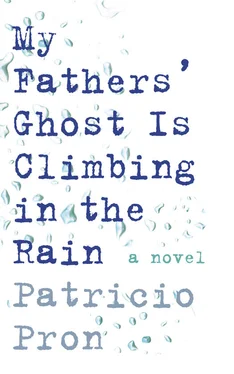
 2.19.1928 aged 72. In remembrance by his family.” Another photograph: “Margarita G. de Burdisso
2.19.1928 aged 72. In remembrance by his family.” Another photograph: “Margarita G. de Burdisso 